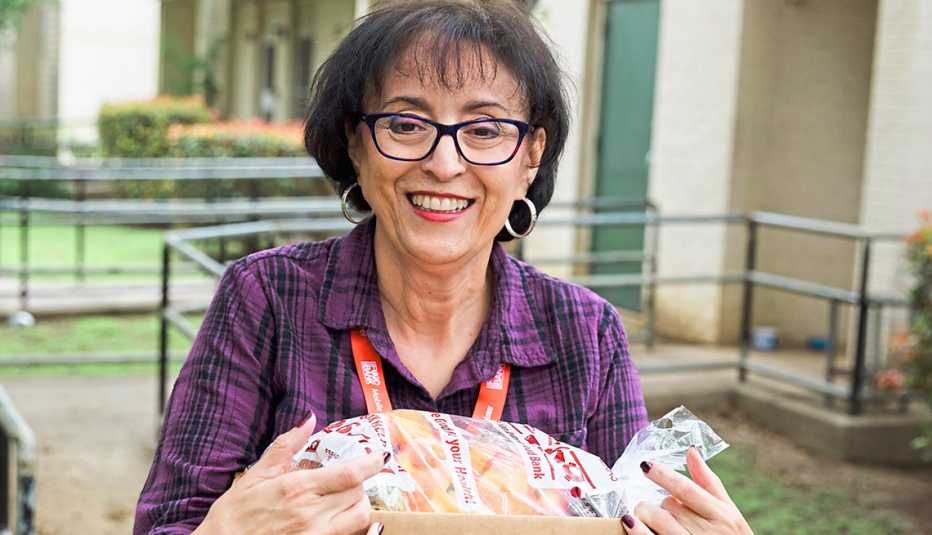Staying Fit
Perishable food for laundry soap. A book light for hand sanitizer. Canned goods for cleaning supplies. A 12-pound bag of organic brown rice for Clorox wipes.
Pandemic-induced shortages and a lack of cash are causing a resurgence in the art of bartering, but all that swapping does more than just move items around. Some seniors say it's helping them bond with their neighbors and forge new connections, and creating ways for them to get assistance.


AARP Membership— $12 for your first year when you sign up for Automatic Renewal
Get instant access to members-only products and hundreds of discounts, a free second membership, and a subscription to AARP the Magazine.
Rebecca Daniels, 71, of Turners Falls, Massachusetts, traded homemade hand sanitizer for a home-sewn mask at the start of the pandemic, but it wasn't her first foray into bartering. Gardeners in her semirural neighborhood often trade plants and excess garden vegetables.
Daniels also has bartered with a younger neighbor who helps her with heavy lifting in the garden in return for construction materials for a fountain-building project. The interactions have deepened their neighborly relationship, she says.
"It's created closer connections in my community,” she says. Bartering “helps maintain those connections."
Finding scarce items
People are swapping goods and services among neighbors and on digital message boards like NextDoor and in Facebook groups, where trades like the ones above took place earlier this year in a group devoted to bartering in Southern Nevada.
Bartering has been part of the human economy since 3000 B.C., when cash currency didn't exist, said Phillip Braun, a clinical professor of finance at the Kellogg School of Management at Northwestern University. Today, however, scarcities of items and a high unemployment rate are forcing people to think outside the box, he said.
"Many individuals don't have cash, but they want something, so they try to barter for what they want,” he said. “It tells you just how hamstrung households are."




































































